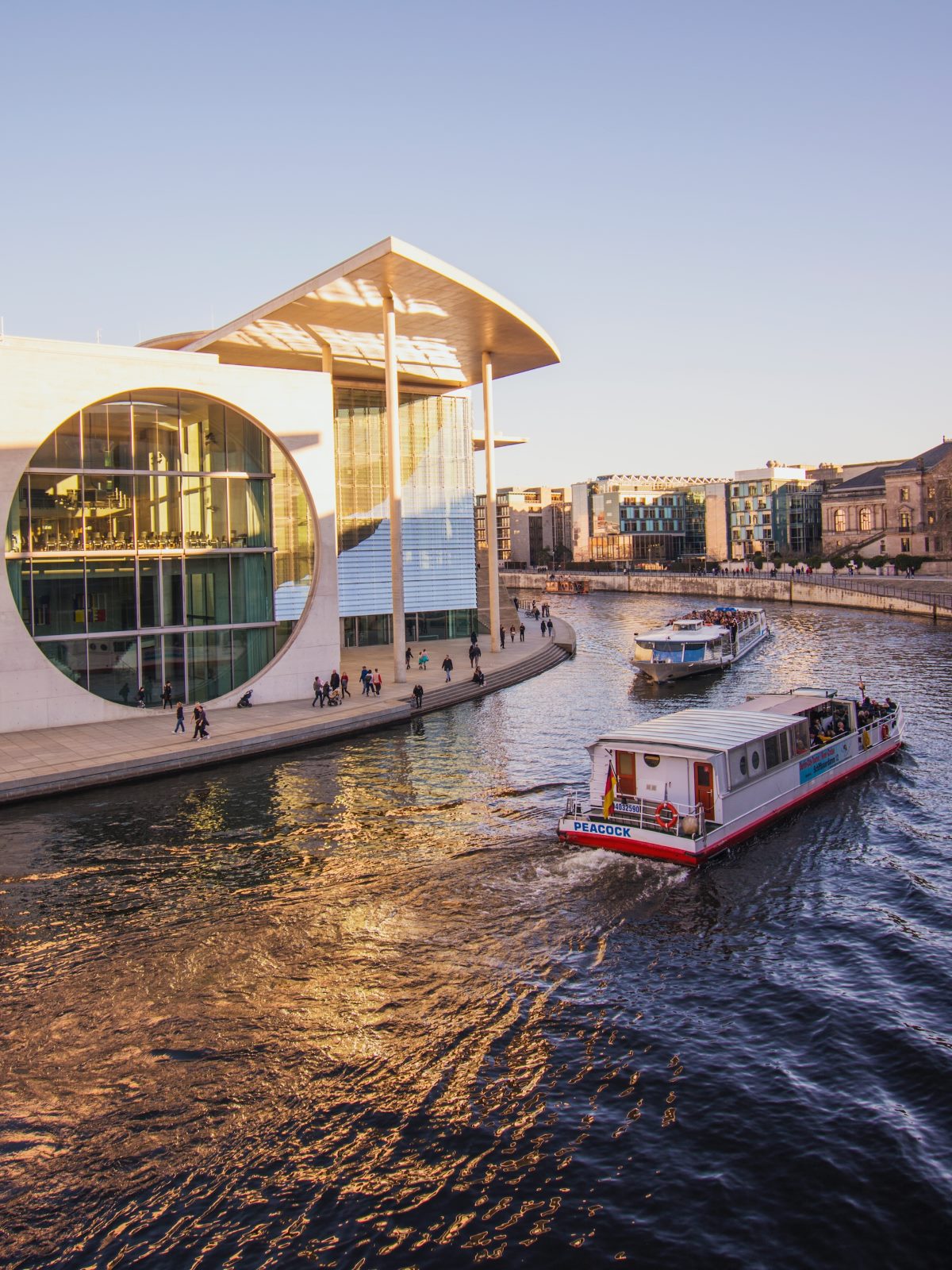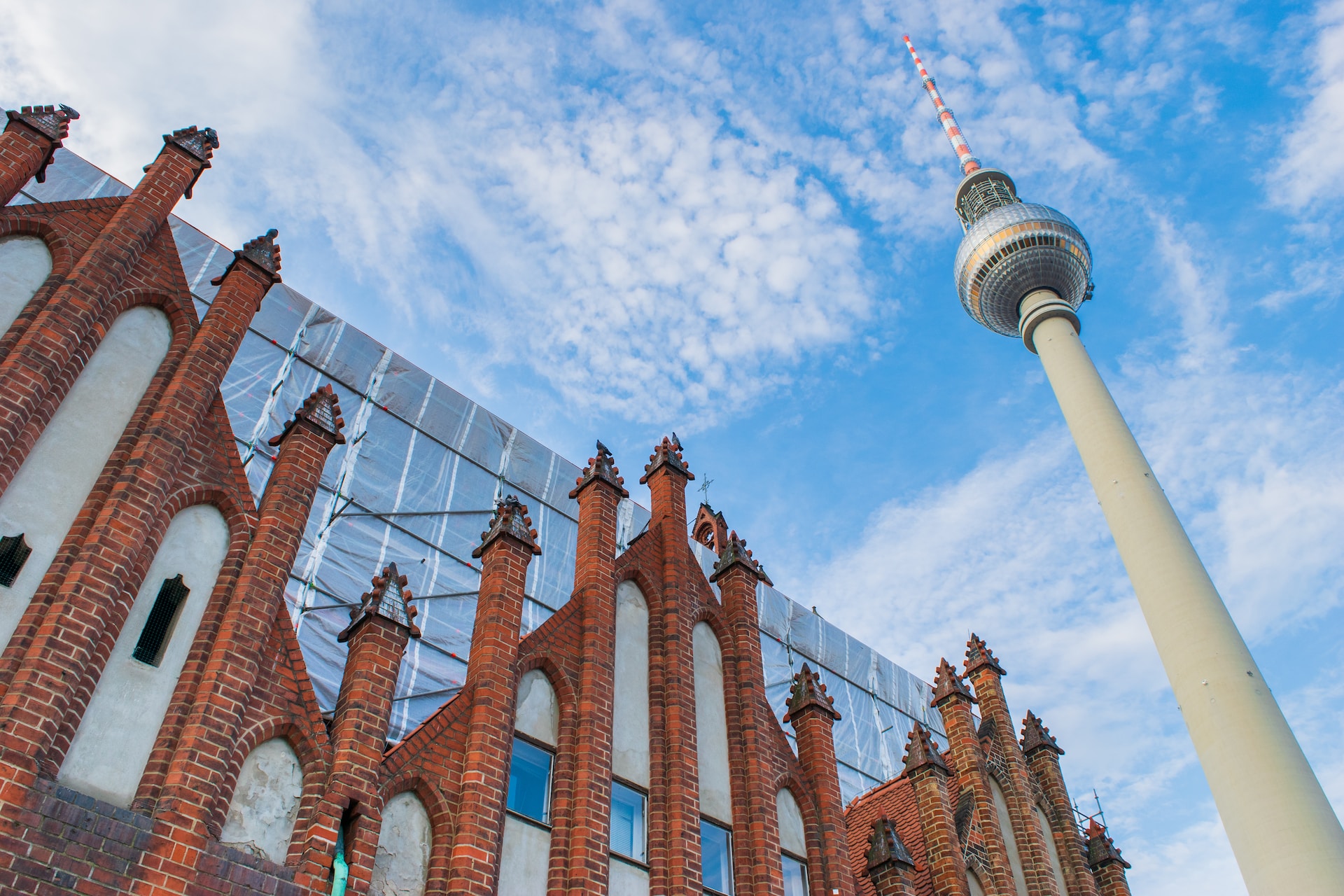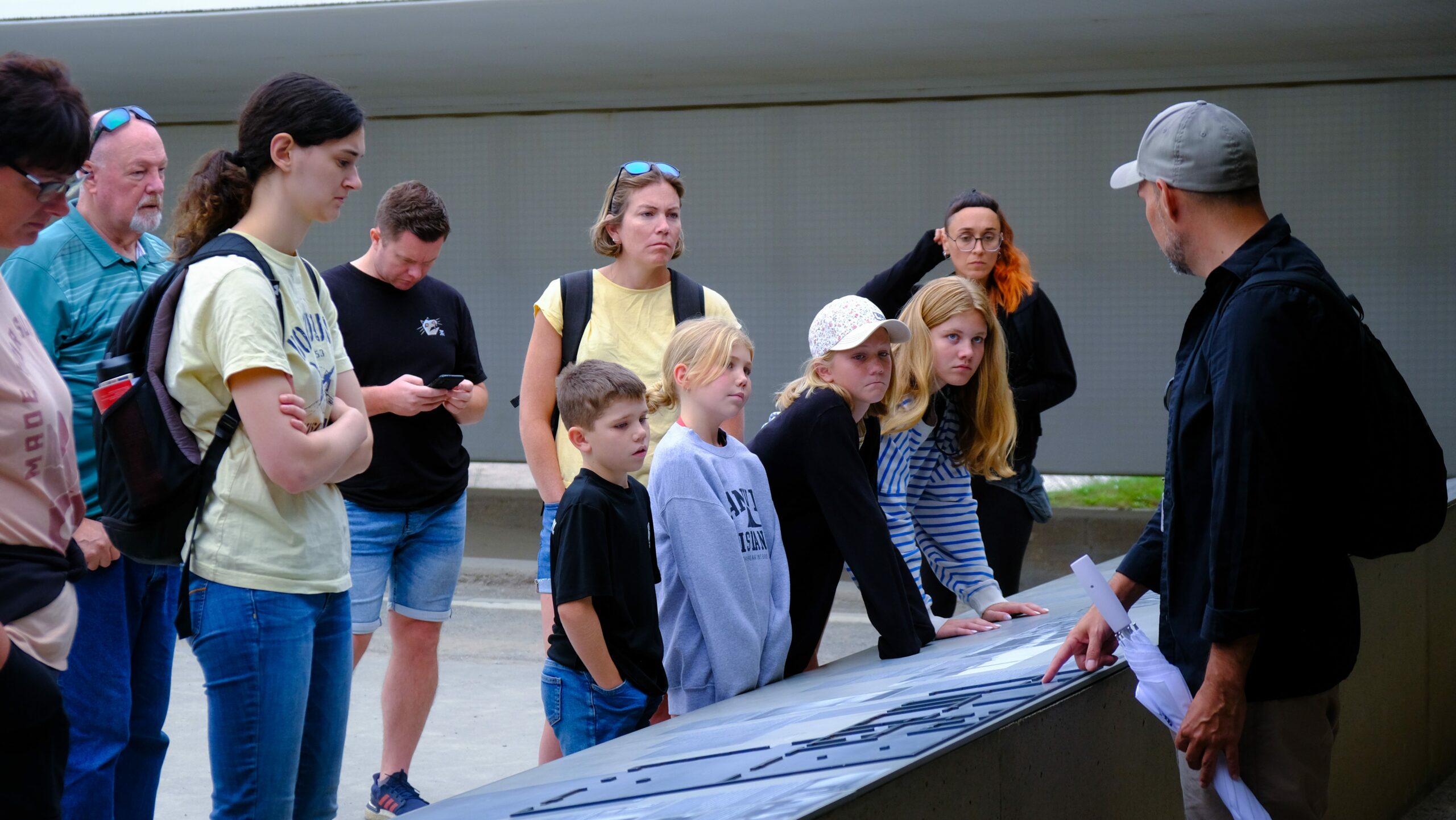Since Berlin has a rich history, people with diverse abilities will be visiting to have a glance on the lovely tour you will be offering as the Berlin tour guide. That said, it does not have to be this way and by applying certain measures, every student, irrespective of his or her physical and intellectual disability can be accommodated: Below we have provided some guidelines that will enable you to enhance accessibility on your Berlin walking tours.
1. Select Accessible Tour Routes
While choose your sites for the walking tours, make sure these places can be easily accessed without any problem. They should also search the streets and sidewalks for smooth, curbed, and ramps. Short: Avoid places that expose itself as difficult physically for disabled persons or those in a wheelchair such as steep slopes or areas with slopes.
2. Include Rest Stops
Some of the participants in the walking tours may find the activity tiring or challenging physically. It’s better to incorporate rest points at some intervals along the route especially at places where there may be seating facilities available. This helps those individuals to free time and continue the tour without exhaustion or utter discomfort.
3. Provide Detailed Descriptions
This is due to the fact that there are participants with visual problems or are unable to make out certain landmarks along the route. Make more elaborate descriptions of each point of interested so that everyone can be in a position to enjoy and understand the tour. It is also possible to use tactile maps or models for the target audience that is partially or completely deprived of their sight.
4. Offer Assisted Listening Devices
Those individuals with hearing impairment must be provided with assistance through the aid of specific devices in order to benefit fully from the performance. These helps in enhancing the sound and enable those who are in the tour to hear the tour guide and other information well. It is important to have a number of devices to make it enough to ensure that everybody can join the event.
5. Use Visual Aids
The extension of the power point presentation and other visual objects will be particularly helpful to the clients with some form of disability or those who understand and learn better in pictures. The things that you can use include handouts to prepare for your viewers or display maps, diagrams or images that support your narration appropriately.
6. Communicate with Participants
Ensure that whatever reason you have for interacting with your participants is very clear with them. Tell them when they are starting the tour, that they should e.g inform you of any special consideration that they may require. It is important to have an environment that is Plain and clear, at this point, people should not hesitate to seek an explanation or help from you when ever they are carrying out the tour.
7. Involve Local Accessibility Organizations
Coordination with other accessibility organizations or disability based organizations in Berlin are should be done. Working with such organizations can be of a significant help and source of recommendations on how to make your tour more accessible. They may also suggest specific route, attraction or accommodation that tend to be barrier-free.
8. Train Your Tour Guides
Under this policy, it is required that tour guides undergo certain training with regard to participation of participants with disability. Provide training sessions on disability issues, specialties, and understanding of ways on how to communicate with disabled persons. This will help your guides to easily meet the needs of the participants and help in setting a good tone.
Conclusion
That way, you can improve the experience of the Berlin walking tours by employing certain strategies that are listed in the paper. First of all, do not forget that making an event as inclusive as possible is a key to successfully contribute to it and produce only positive impression among the participants. Thus, by increase understanding of the needs of your tourists, you can ensure that the tour offered is invites all kinds of people.
Table of Contents




